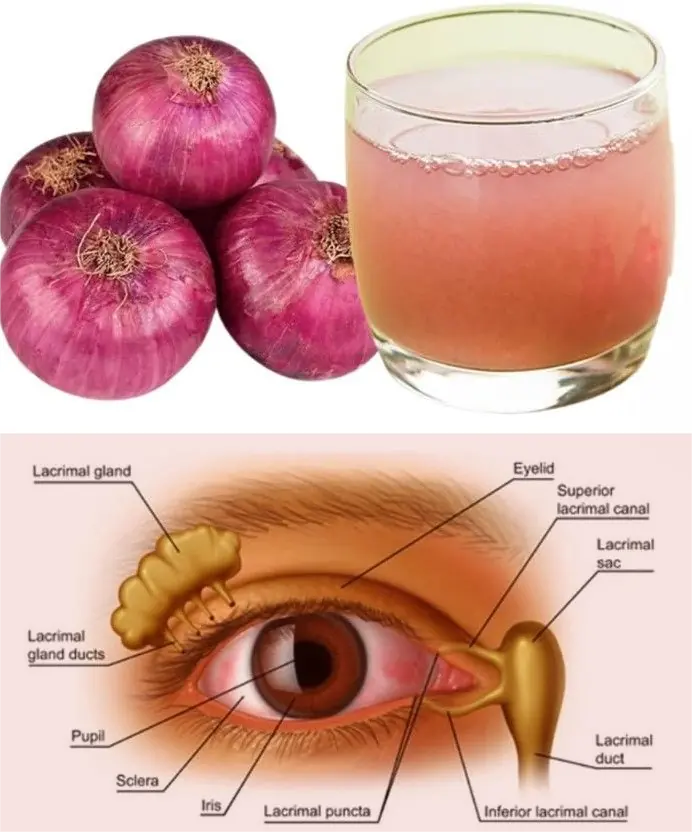
Why this doctor refuses to prescribe statins for high cholesterol
When most people hear the word cholesterol, they immediately think “bad for your heart.” But the truth is more complicated. Cholesterol itself isn’t the villain — in fact, it’s essential for hormone production, brain function, and cell repair. The real story lies in how cholesterol travels through your body and how certain forms of it can become harmful.
Dr. Annette Bosworth explains that not all LDL cholesterol (often labeled as “bad cholesterol”) is actually bad. There are two main types — one relatively harmless and one truly dangerous. Understanding the difference can change how you think about heart disease, statins, and your overall metabolic health.
💡 Understanding Cholesterol: It’s Not What You Think
When your doctor orders a “cholesterol test,” the numbers you get don’t actually measure cholesterol itself — they measure lipoproteins, the tiny particles that carry cholesterol through your bloodstream.
Think of your blood as a highway made mostly of water. Cholesterol and fats don’t mix well with water, so your body uses these lipoprotein “delivery trucks” to transport them safely.
There are several kinds of these trucks, each with different sizes and functions:
-
Chylomicrons: The biggest and fluffiest carriers, originating from your liver. They transport dietary fats and are quickly broken down.
-
VLDL (Very Low-Density Lipoproteins): Smaller than chylomicrons, loaded with triglycerides (a type of fat used for energy).
-
IDL (Intermediate-Density Lipoproteins): Formed when VLDLs drop off some of their cargo.
-
LDL (Low-Density Lipoproteins): The smallest and most concentrated with cholesterol. These are often called “bad cholesterol,” but that label oversimplifies the story.
⚙️ The Two Types of LDL: Fluffy vs. Small and Dense
Here’s where things get interesting. Not all LDLs are the same:
-
Fluffy LDLs: These are large, soft, and buoyant. They move smoothly through your blood and are less likely to cause trouble.
-
Small, Dense LDLs (sometimes called Bullet LDLs): These are compact, heavy particles that can penetrate the walls of your arteries, where they become oxidized and trigger inflammation.
Both types carry cholesterol, but the small, dense LDLs are far more dangerous because they’re more likely to get trapped and form plaques — the sticky buildup that can eventually lead to a heart attack or stroke.
🔄 How the Lipoprotein Cycle Works in a Healthy Body
In a healthy metabolic system, your liver plays a central role. It packages fats into chylomicrons and VLDLs, which travel through your bloodstream to deliver energy to your muscles and other tissues.
As VLDLs give up triglycerides, they shrink into IDLs and eventually become LDLs. These LDLs — now mostly carrying cholesterol — return to the liver to be recycled or reused.
It’s a clean, efficient recycling system where fats are delivered, used, and repackaged — a perfect balance.
⚠️ When Things Go Wrong: The Role of High Insulin
Trouble begins when insulin levels stay elevated for long periods — a condition known as insulin resistance, often linked to high-carb diets, obesity, and lack of exercise.
Here’s what happens step by step:
-
Liver Overload: When insulin is high, your liver fills up with stored glucose (glycogen). Once it reaches capacity, it starts converting that excess into fat, leading to fatty liver disease. Over time, this can progress to cirrhosis even in people who don’t drink alcohol.
-
Clogged Traffic: VLDLs keep trying to deliver triglycerides to cells, but your cells are already full of energy due to the high insulin environment. The result? The delivery process slows down, creating a buildup of IDLs and, eventually, more small, dense LDLs.
-
Recycling Breakdown: Normally, your liver would reabsorb and recycle LDL particles. But when it’s overloaded and insulin is high, that system fails. Small, dense LDLs linger in your bloodstream longer, increasing their chances of slipping into artery walls.
🩸 Inside the Arteries: How Plaque Begins
Under normal circumstances, your artery walls are smooth, allowing blood to flow freely. Fluffy LDLs come and go harmlessly.
But those small, dense LDLs behave differently. Because they’re tiny and sticky, they can slip between the cells that line your blood vessels. Once they get stuck there, oxygen and free radicals start to oxidize them.
Your immune system detects this oxidation as damage and sends white blood cells to “clean it up.” Unfortunately, this cleanup creates inflammation and a buildup of sticky foam cells — the beginnings of plaque.
Over time, these plaques harden and narrow your arteries, and if one ruptures, it can block blood flow completely, triggering a heart attack or stroke.
💊 Statins: What They Actually Do — and Don’t Do
Statins are among the most commonly prescribed medications worldwide. Their primary function is to lower the total LDL cholesterol in your blood.
But here’s the key point: statins reduce the amount of LDL — both the fluffy and the small, dense kinds — circulating in your bloodstream. What they don’t do is remove the oxidized LDL that’s already trapped inside your arteries.
This means statins can help slow the progression of plaque buildup, but they can’t directly reverse it. And if high insulin levels remain unaddressed, your body will continue producing more of those small, dense, dangerous particles.
Studies show that you may need to treat 50–200 people with statins for two years to prevent just one heart attack. Statins can be helpful, but they’re not a cure-all — especially if the root metabolic issues persist.
🌿 The Real Fix: Addressing Insulin Resistance and Inflammation
If you truly want to protect your arteries, lowering LDL alone isn’t enough. You must also reduce the production of small, dense LDLs by improving your insulin sensitivity and lowering inflammation.
Here’s how:
-
Reduce processed carbs and sugars: These drive insulin spikes and fat storage in the liver.
-
Increase physical activity: Exercise improves insulin sensitivity and promotes healthy fat metabolism.
-
Eat healthy fats: Omega-3s from fish, olive oil, and avocados support good cholesterol balance.
-
Prioritize sleep and stress management: Chronic stress and poor sleep both raise insulin levels.
Always consult your doctor before changing medications or diets, especially if you’re already on statins.
✅ Key Takeaways
-
Not all LDL is the same: Fluffy LDL is relatively harmless, while small, dense LDL is dangerous.
-
High insulin drives small, dense LDL production and blocks the liver from recycling them.
-
Statins lower LDL quantity, not quality. They don’t remove the oxidized particles stuck in artery walls.
-
True heart protection comes from metabolic health: controlling insulin, reducing inflammation, and maintaining balanced nutrition.
🧠 Bottom Line
Heart disease prevention isn’t just about lowering your cholesterol number. It’s about understanding what those numbers mean — and how your body handles fat, sugar, and insulin.
By improving your insulin sensitivity and reducing inflammation, you’re not just lowering a number on a lab report — you’re tackling the real cause of arterial damage from the inside out.
News in the same category

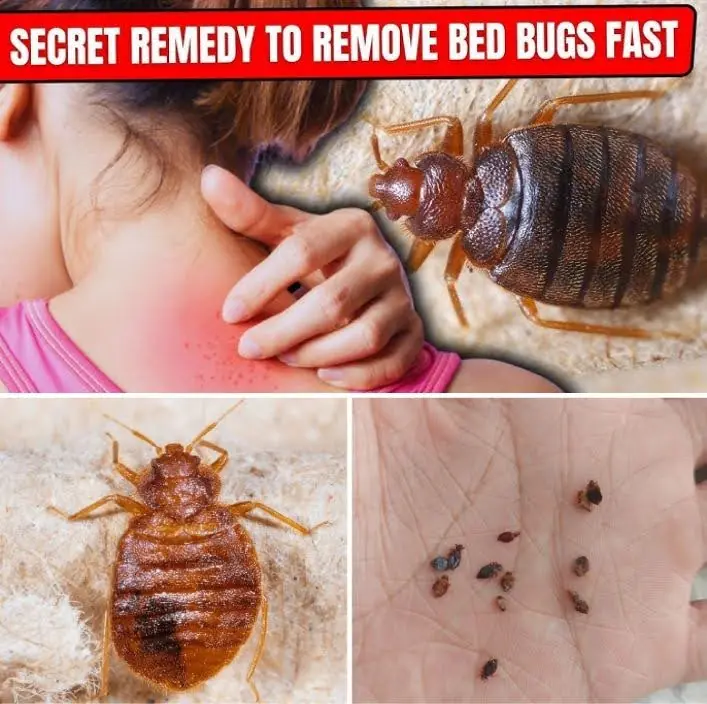
Bed Bugs Hate This! How Diatomaceous Earth and Cloves Can Wipe Them Out
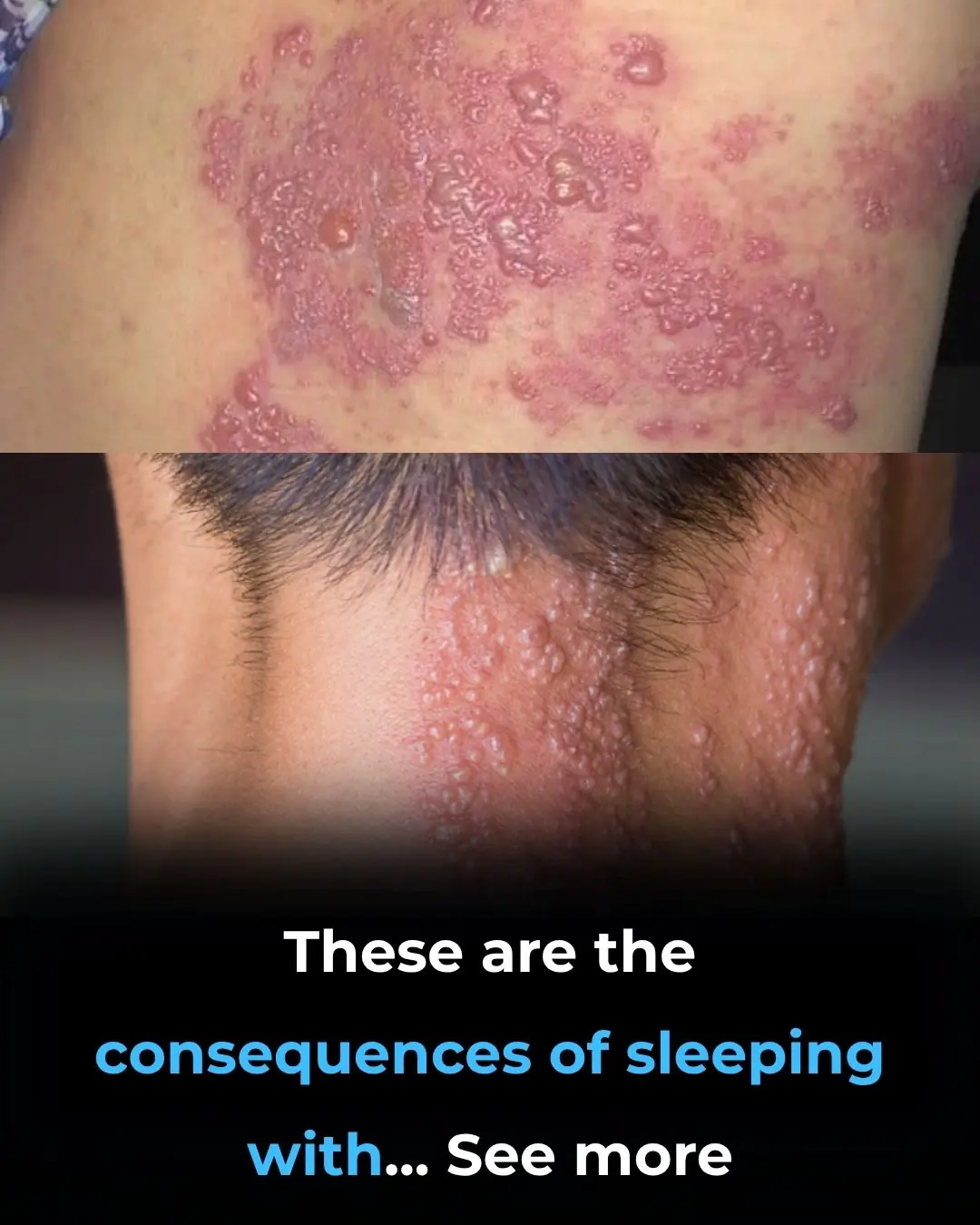
These are the consequences of sleeping with the…
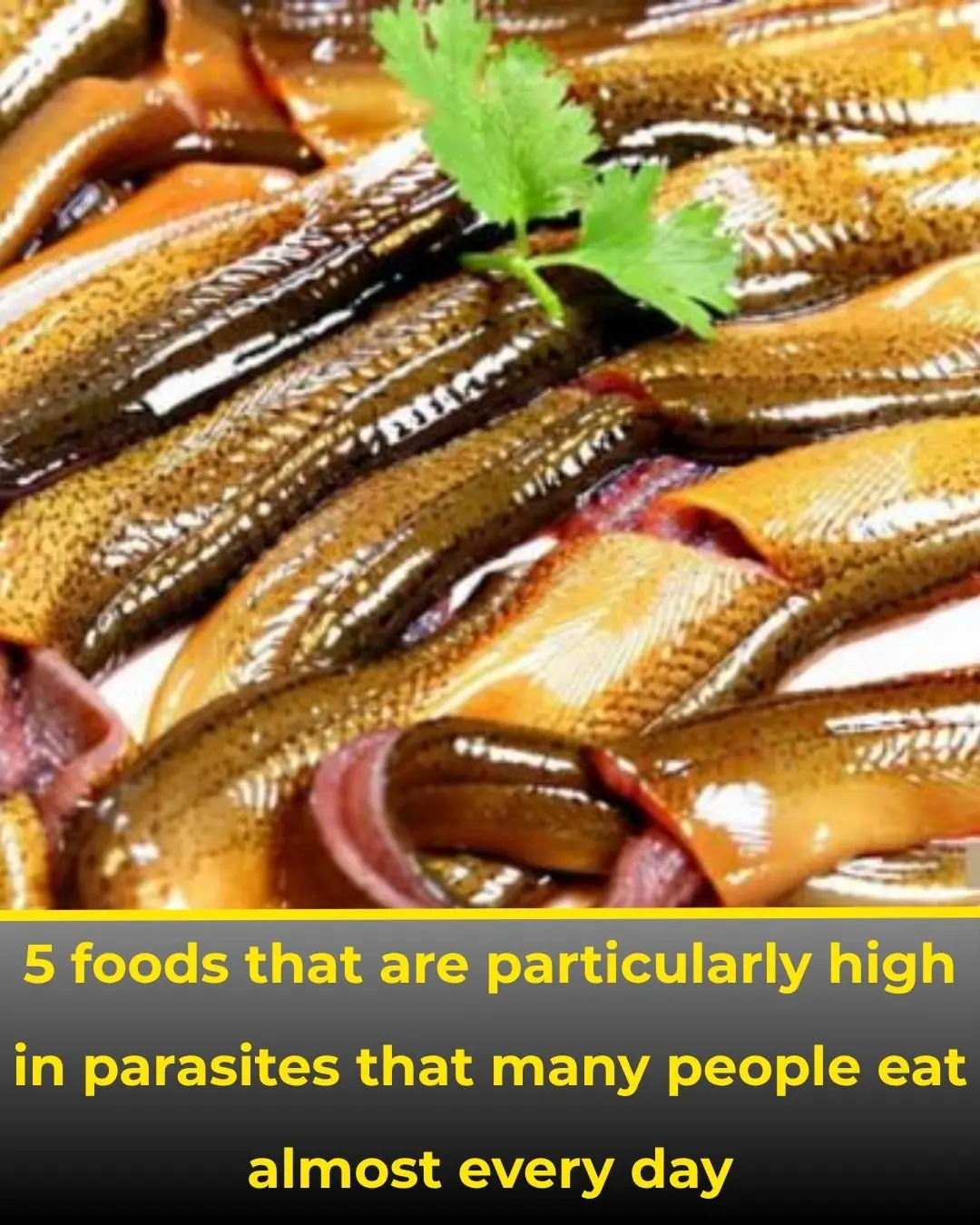
5 Common Foods That Often Contain Parasites — Many People Eat Them Daily
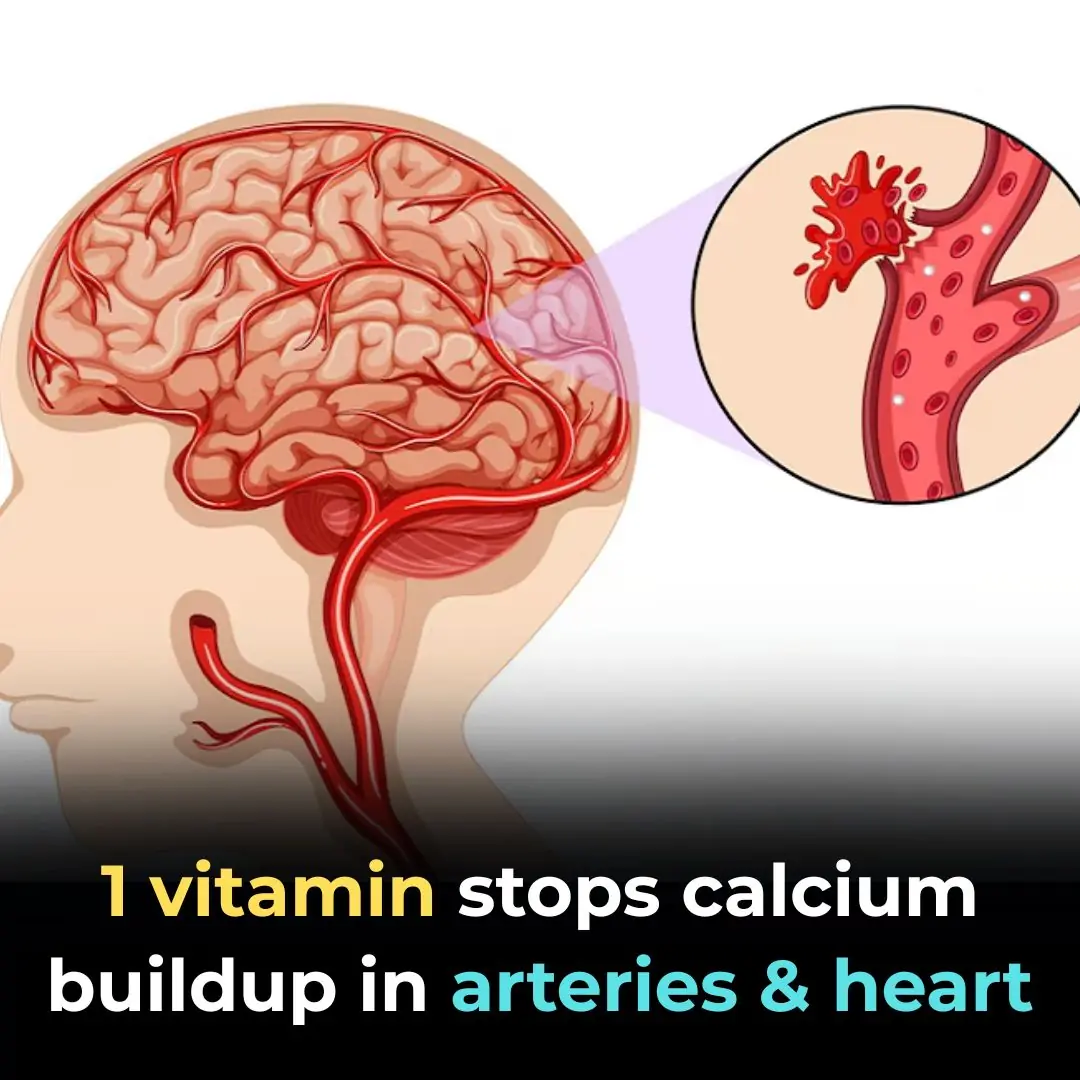
1 Vitamin Stops Calcium Buildup in Arteries and Heart
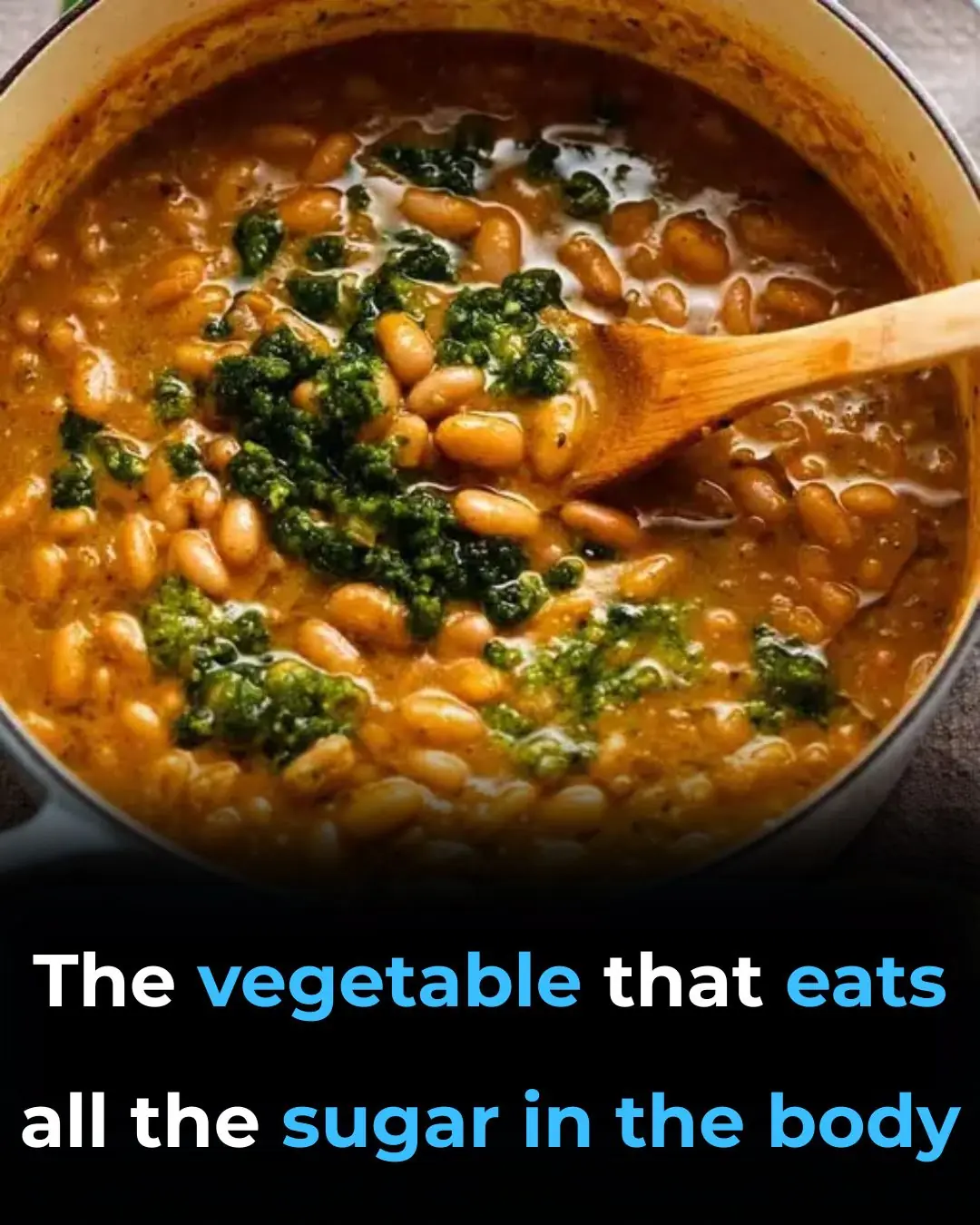
Vegetables for people with diabetes need to know
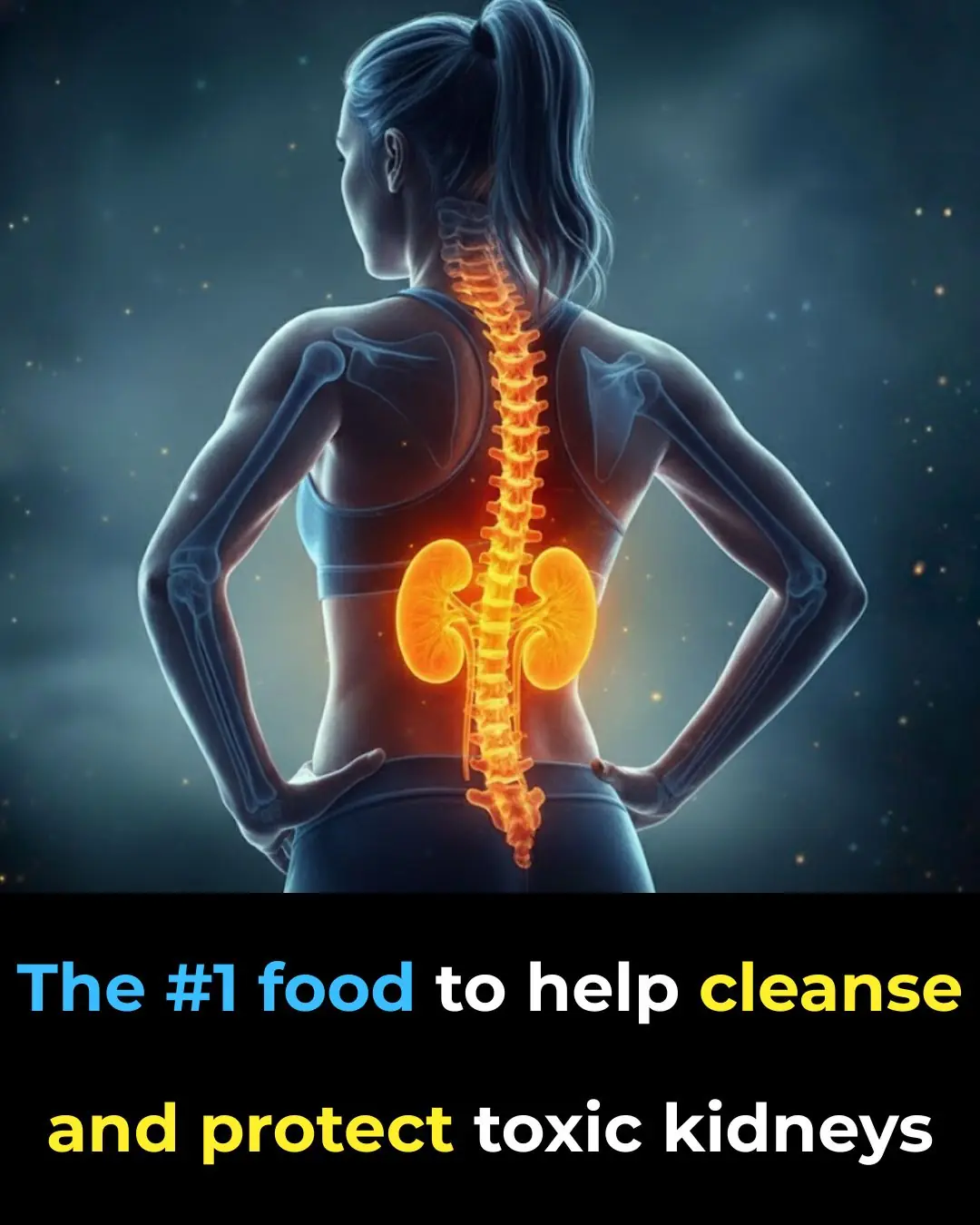
The #1 food for toxic kidneys

Top 3 Vitamins for Hip Arthritis – Say Goodbye to Hip Pain
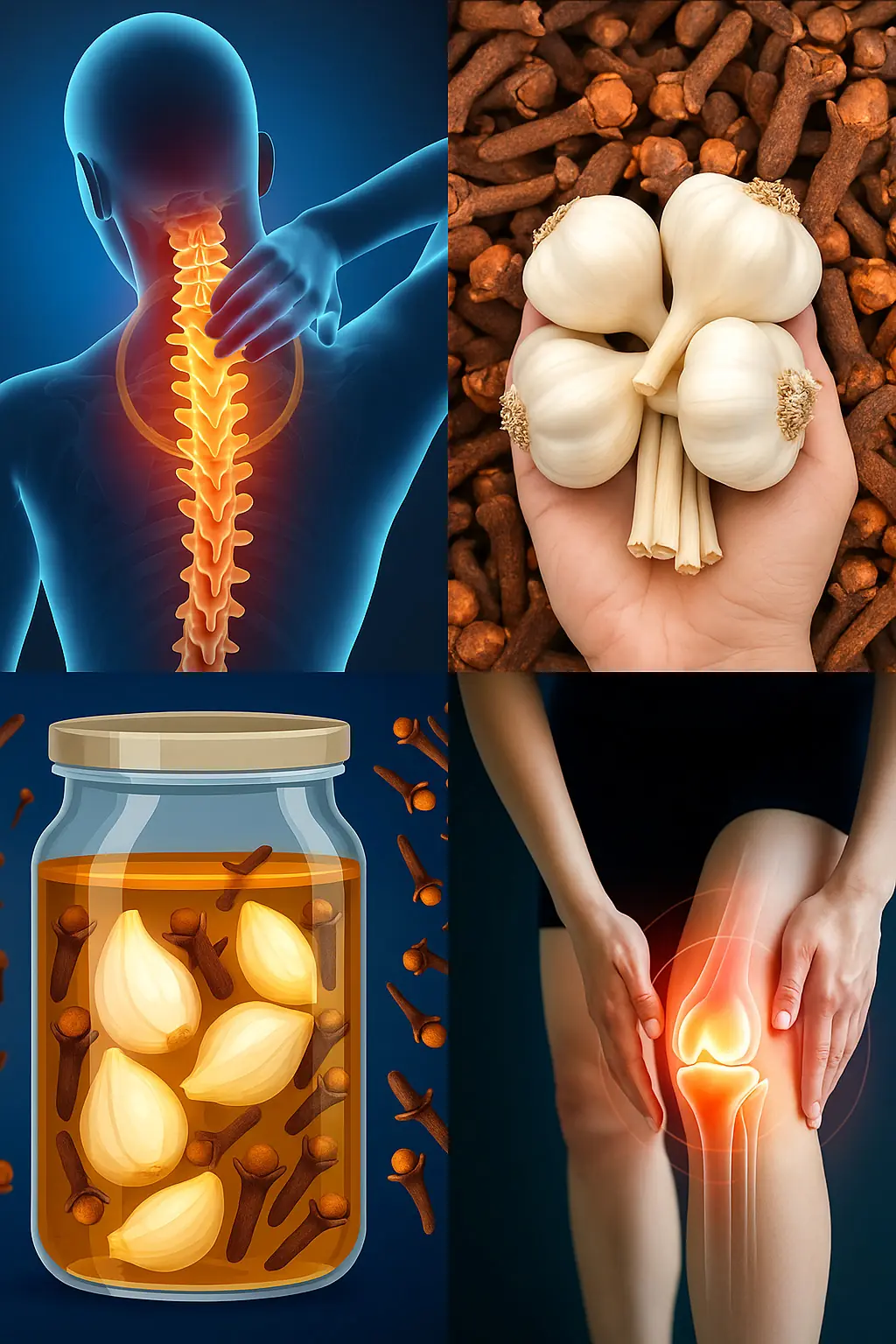
Garlic & Cloves: The Natural Remedy for Varicose Veins and Circulation
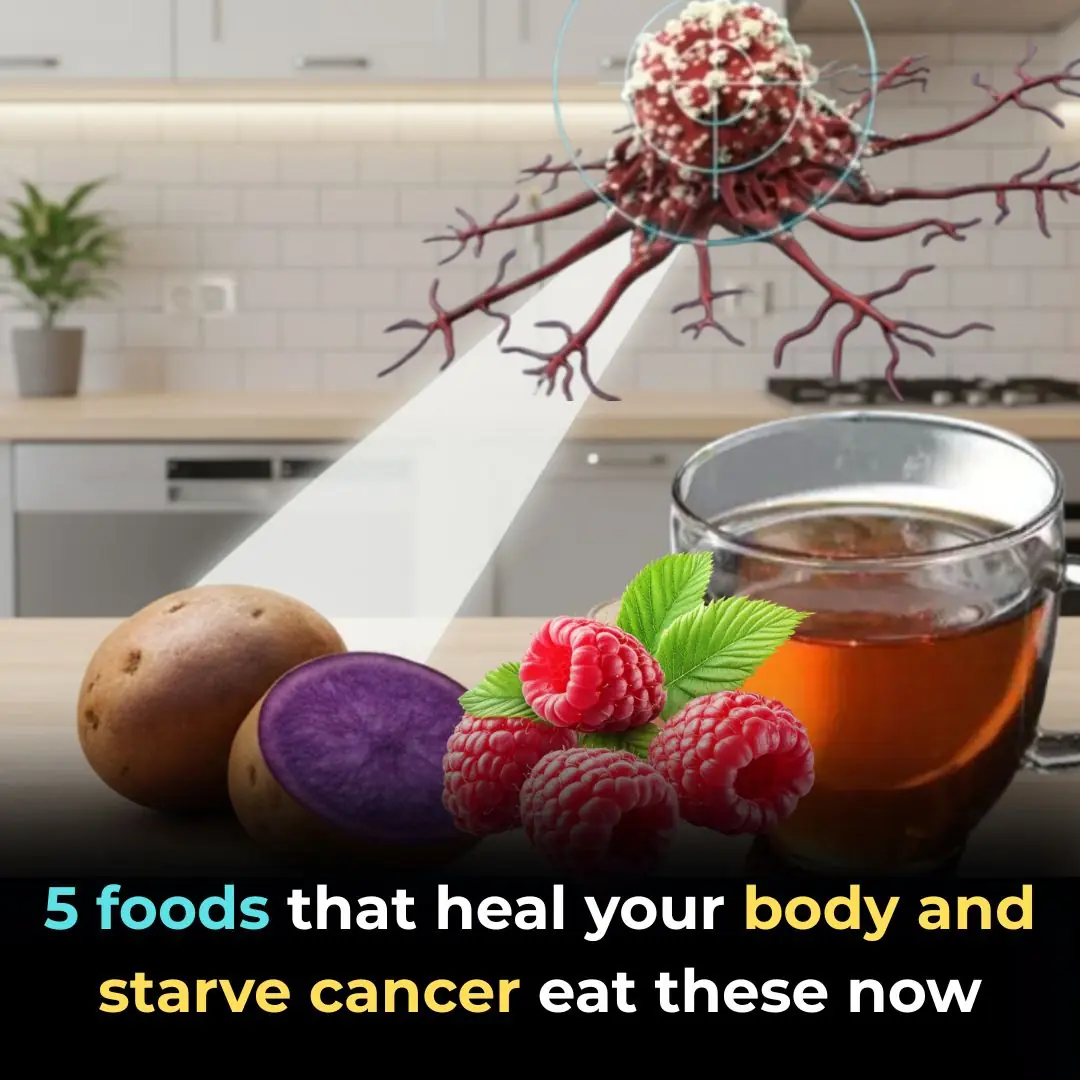
5 foods that heal your body and STARVE cancer—eat these now!
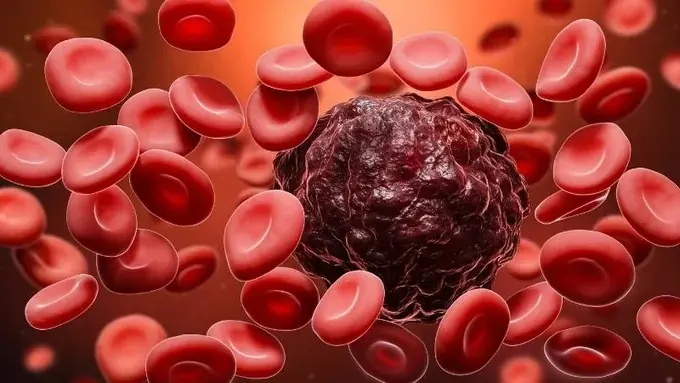
Diagnosed With Terminal Cancer That Spread to Her Brain, the Woman Broke Down in Tears After Learning the “Culprit” Came From Her Own Family
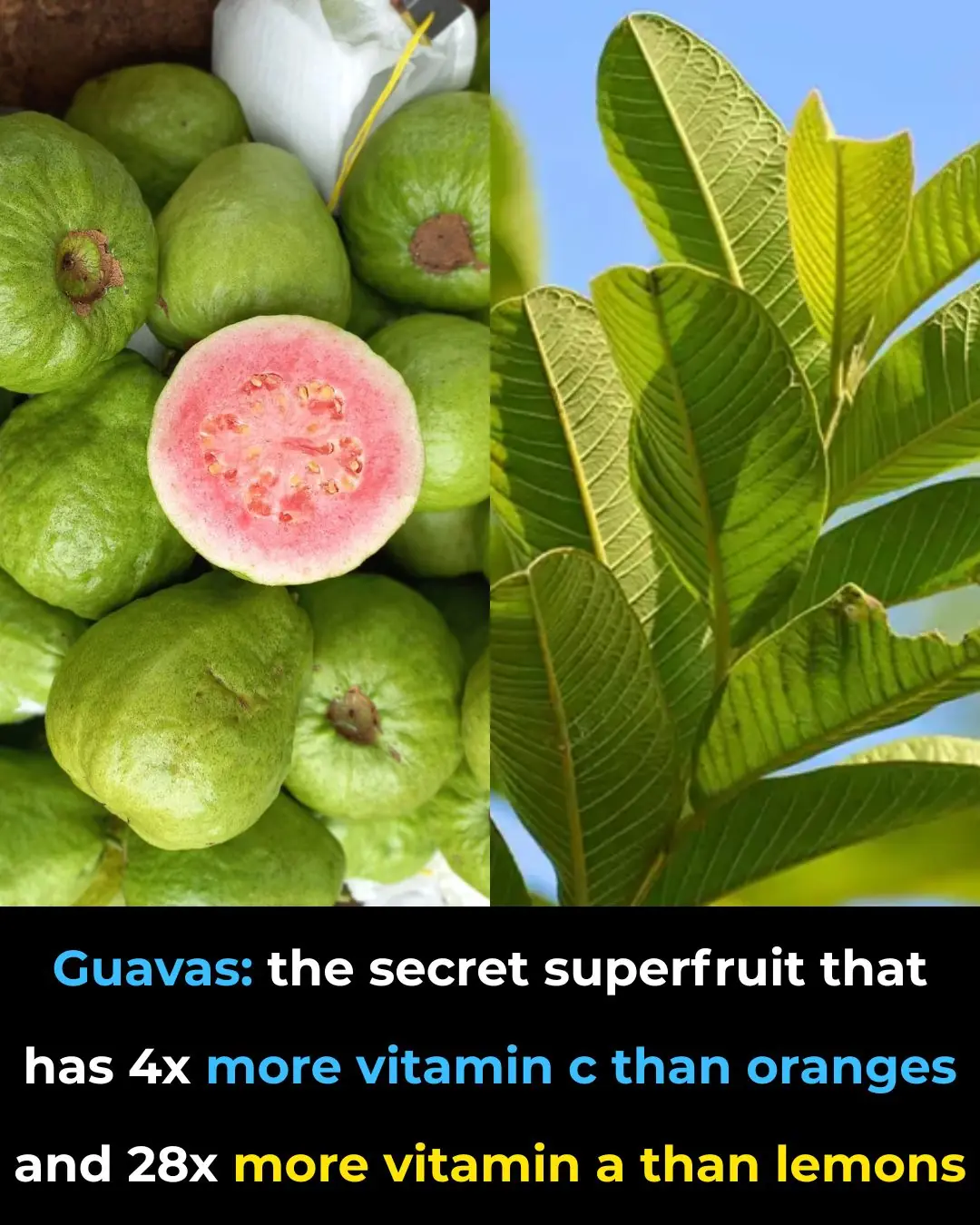
The Impressive Health Benefits of Guava Fruit and Leaves & How to Eat Guava (Evidence Based)
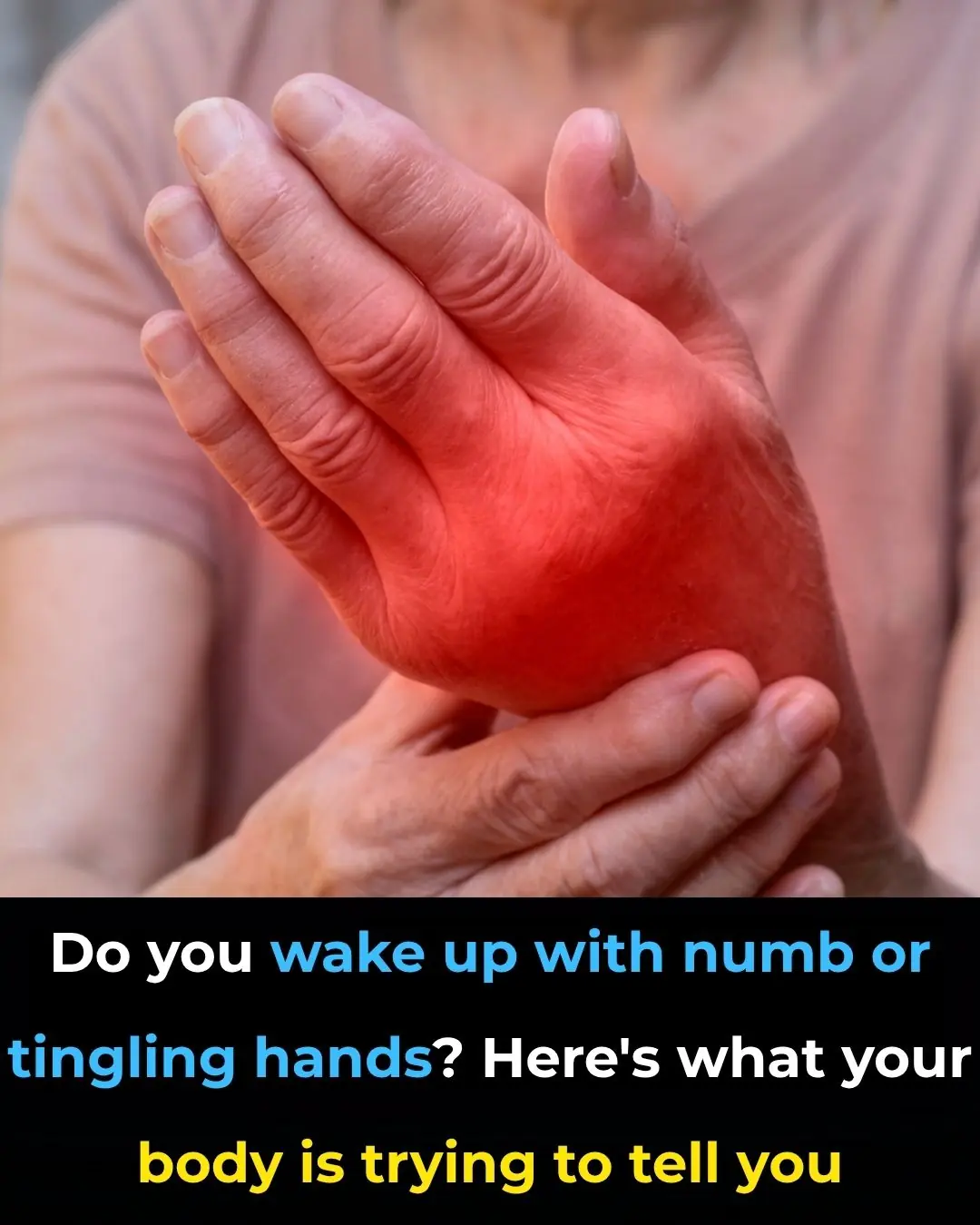
Do You Wake Up With Numb or Tingling Hands? Here's What Your Body Is Trying to Tell You
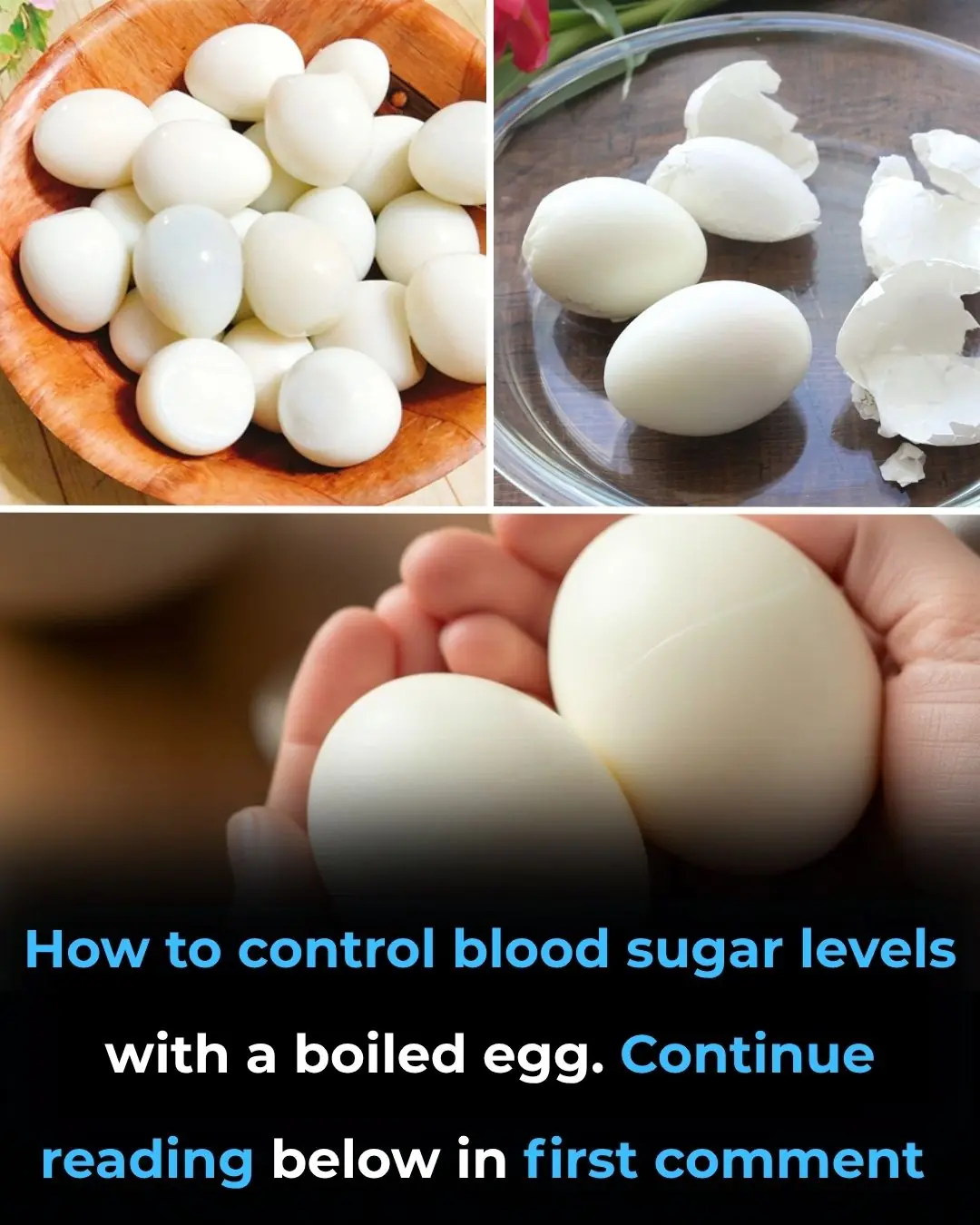
How to Control Blood Sugar Levels with a Boiled Egg

I started adding chia seeds to my breakfast every day — and within a week, I noticed some surprising changes

4 powerful vitamins that help protect you from cancer—start today!
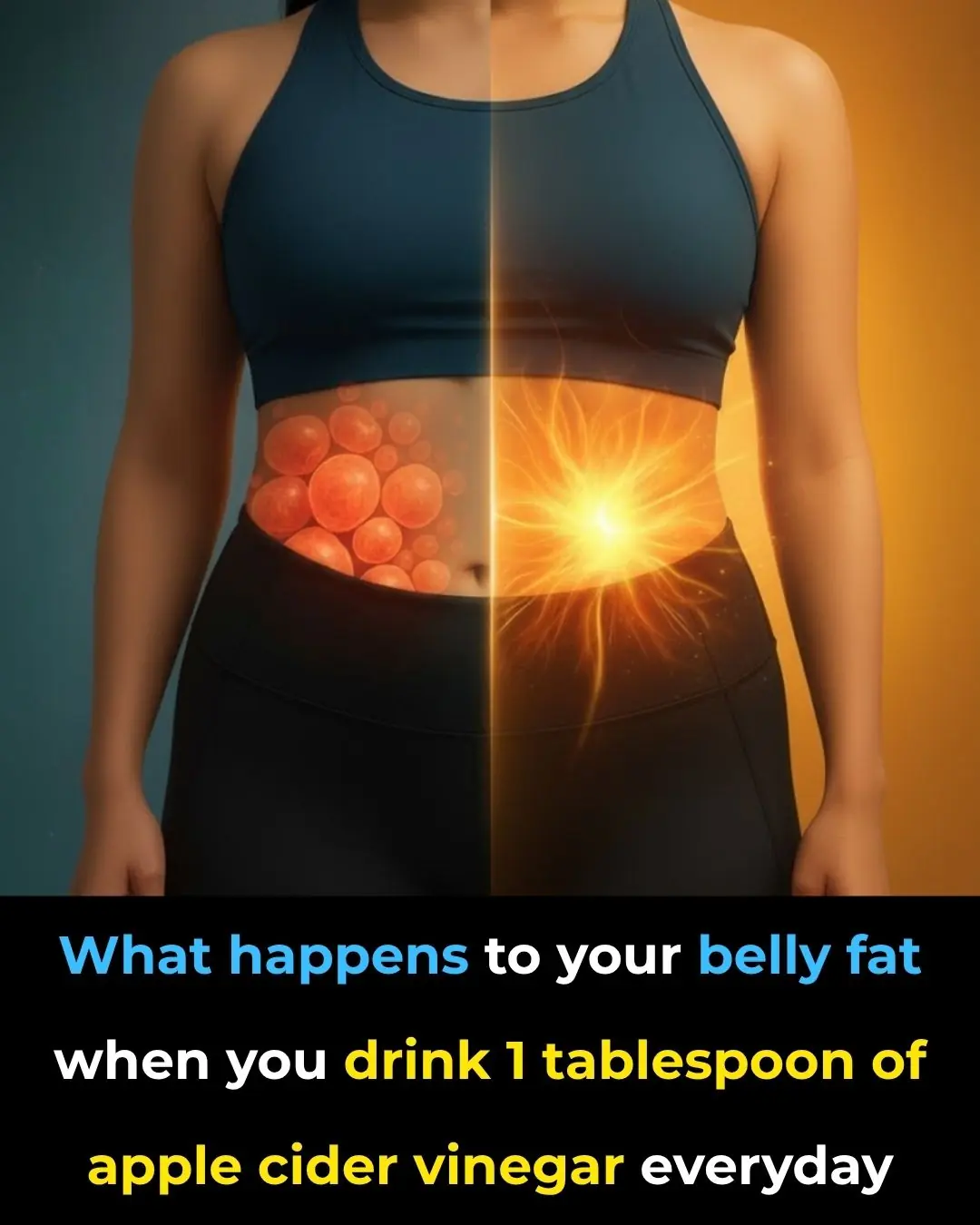
What Happens When You Take 1 TBSP of Apple Cider Vinegar For 60 Days
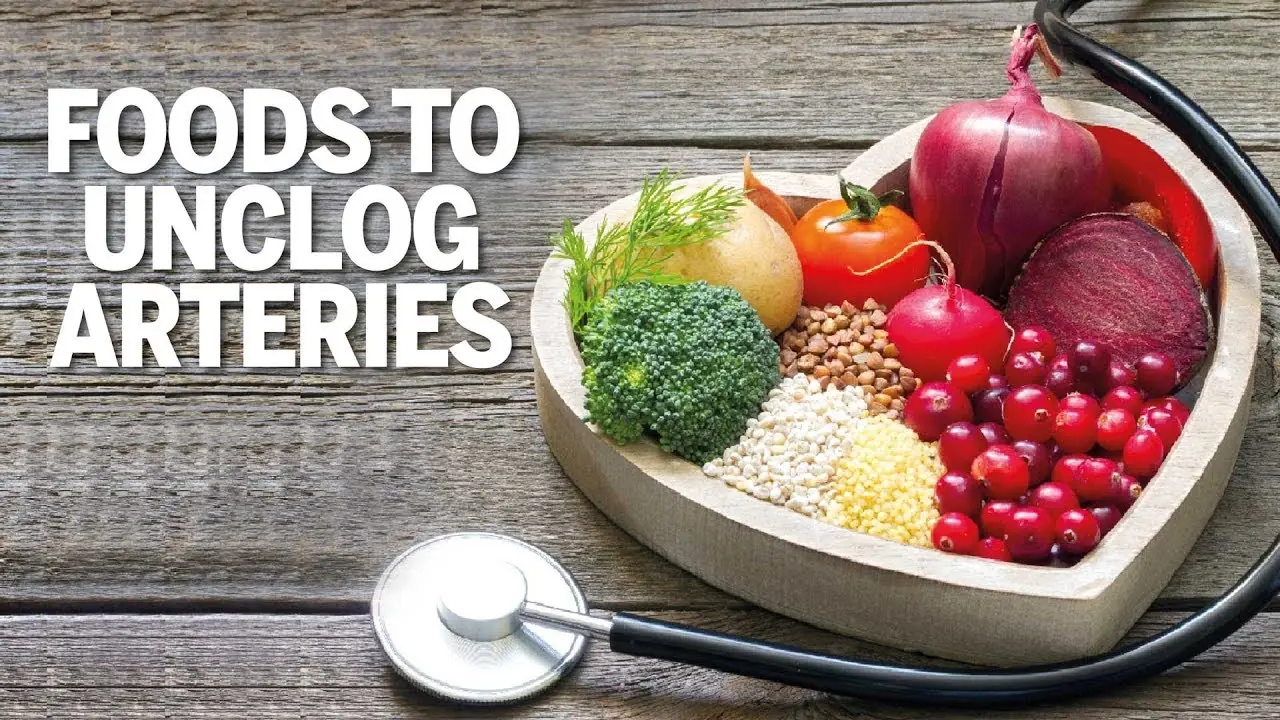
The #1 Food to Unclog Your Arteries Naturally

What Your Feet Can Reveal About Your Blood Pressure, Thyroid, and Arthritis Risk
News Post

Can Onion Juice Gently Support Eye Health? A Natural Tip to Try

Bed Bugs Hate This! How Diatomaceous Earth and Cloves Can Wipe Them Out

These are the consequences of sleeping with the…

5 Common Foods That Often Contain Parasites — Many People Eat Them Daily

1 Vitamin Stops Calcium Buildup in Arteries and Heart
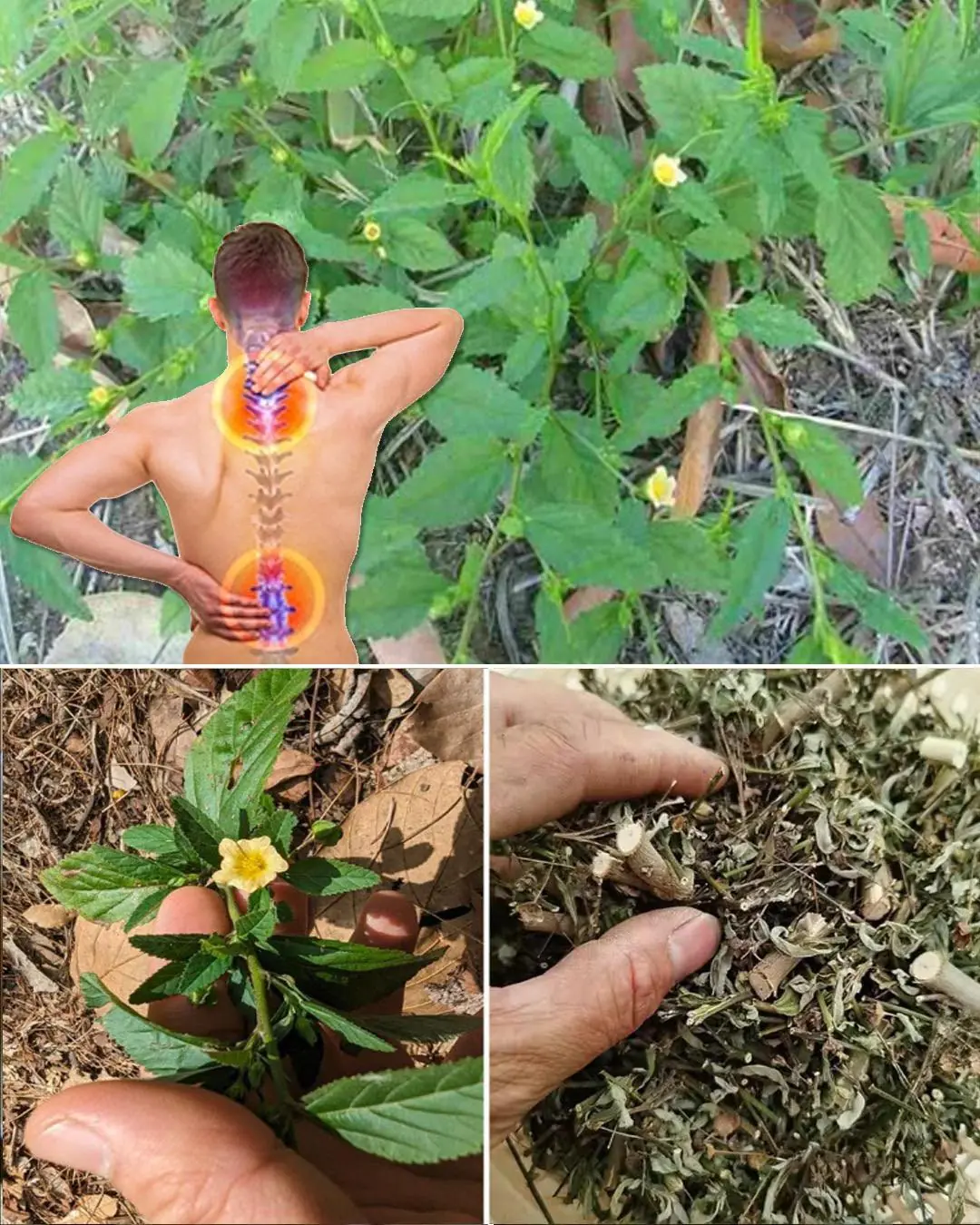
S:ida Acuta: Exploring the Healing Properties of this Herbal Remedy
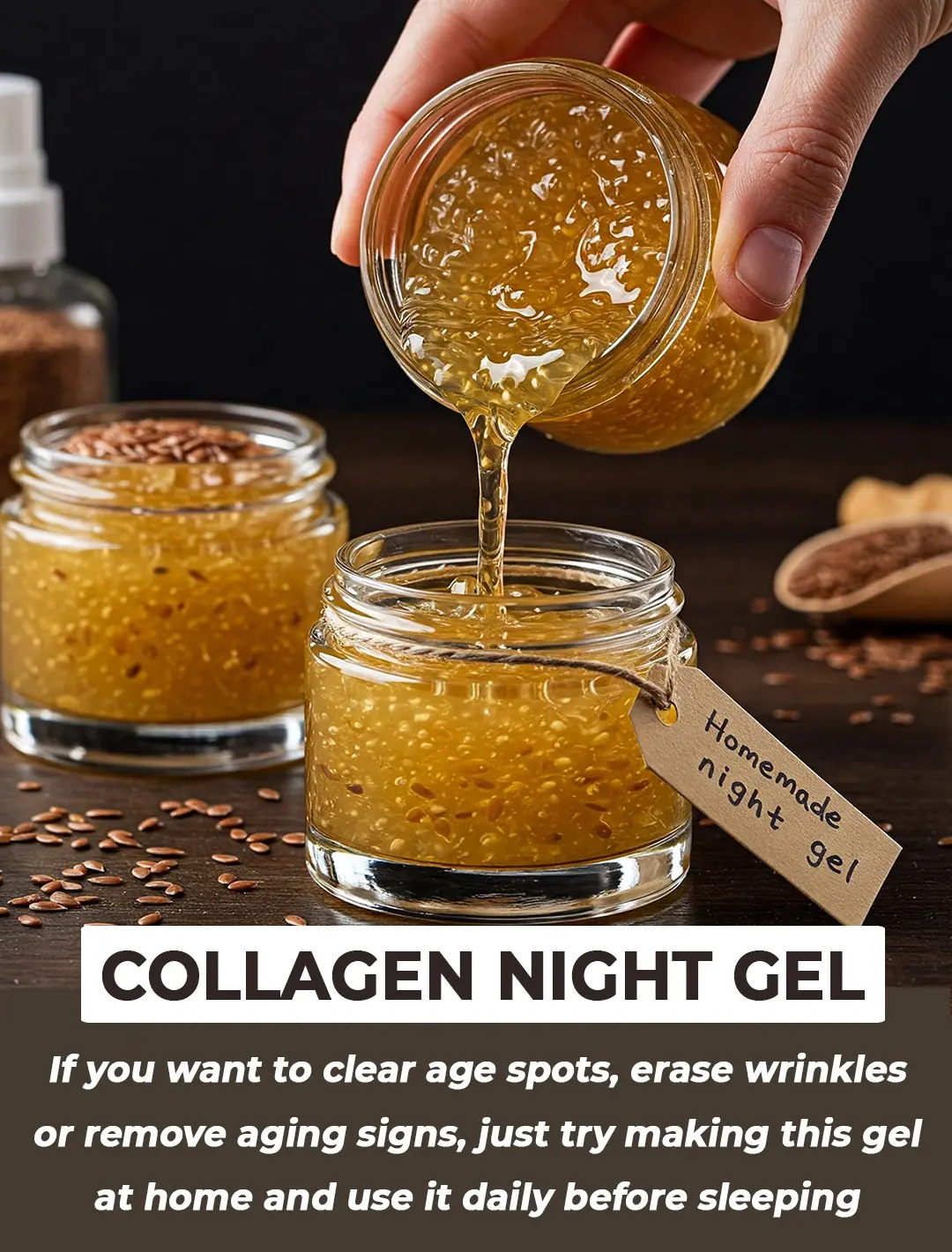
DIY Flaxseed Collagen Night Gel for Hydration and Rejuvenation
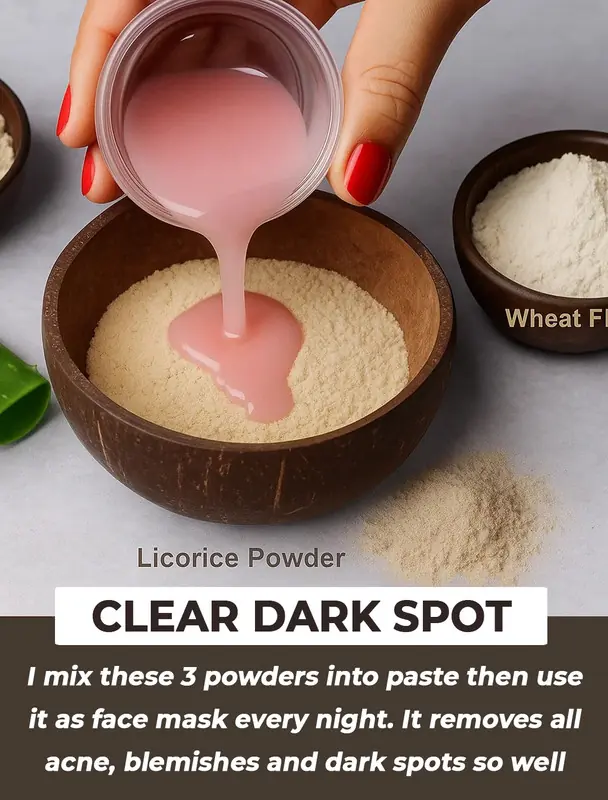
10-Day Licorice Treatment for Dark Spots: Fade Pigmentation and Achieve Glowing Skin Naturally
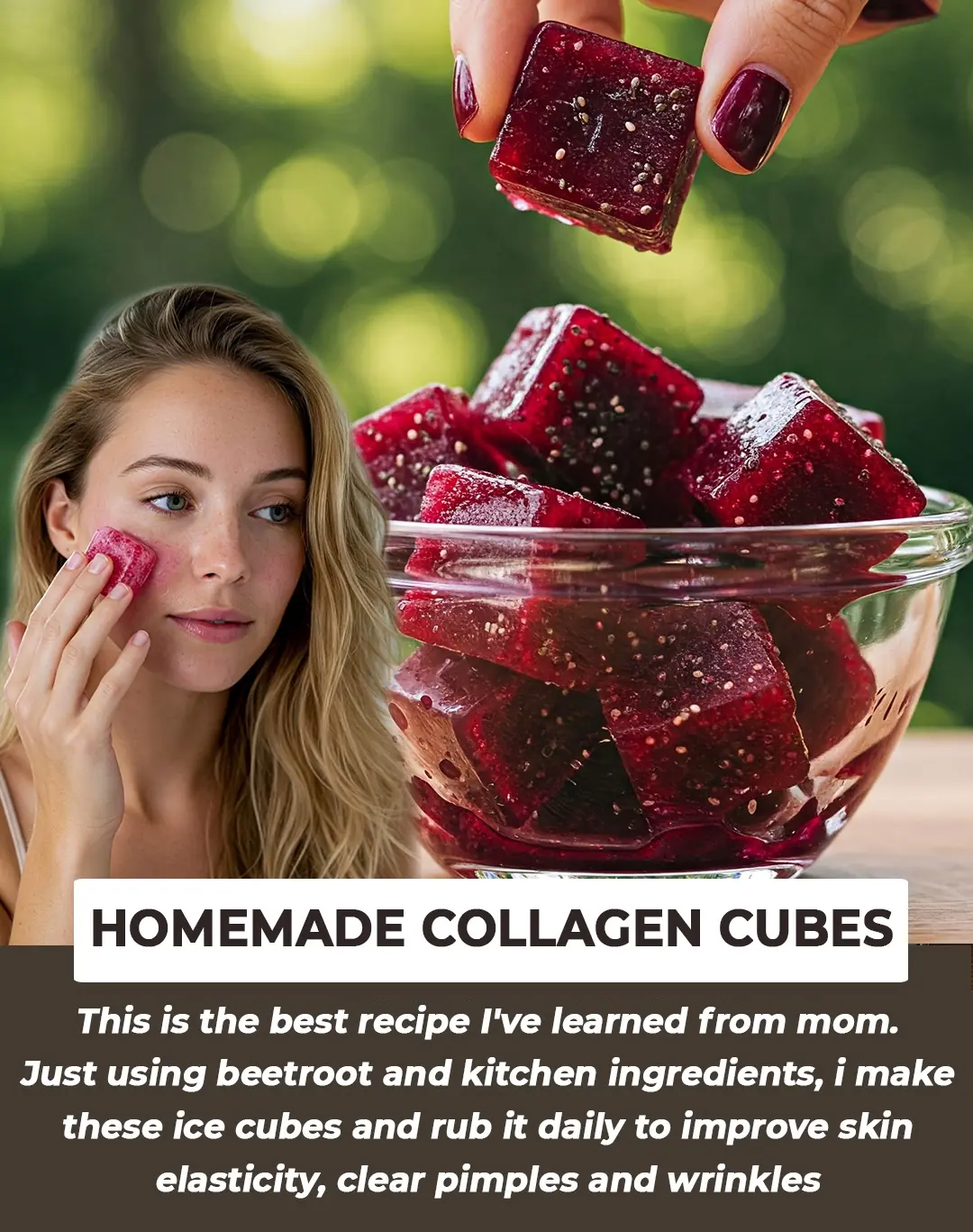
Easy Recipe to Make ABC Collagen Ice Cubes at Home: The Secret to Glowing, Firm Skin
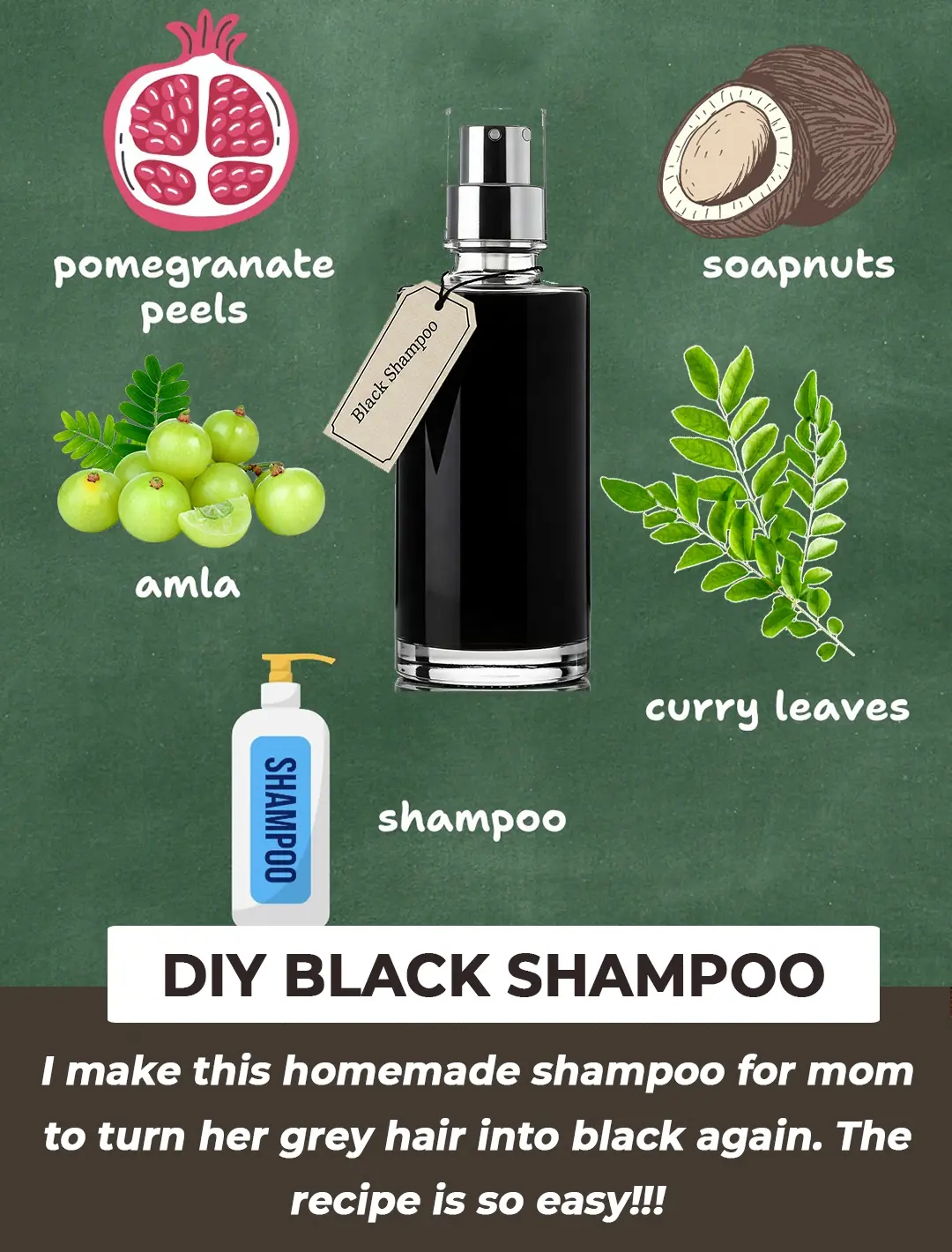
2 Mins Black Shampoo For Grey Hair
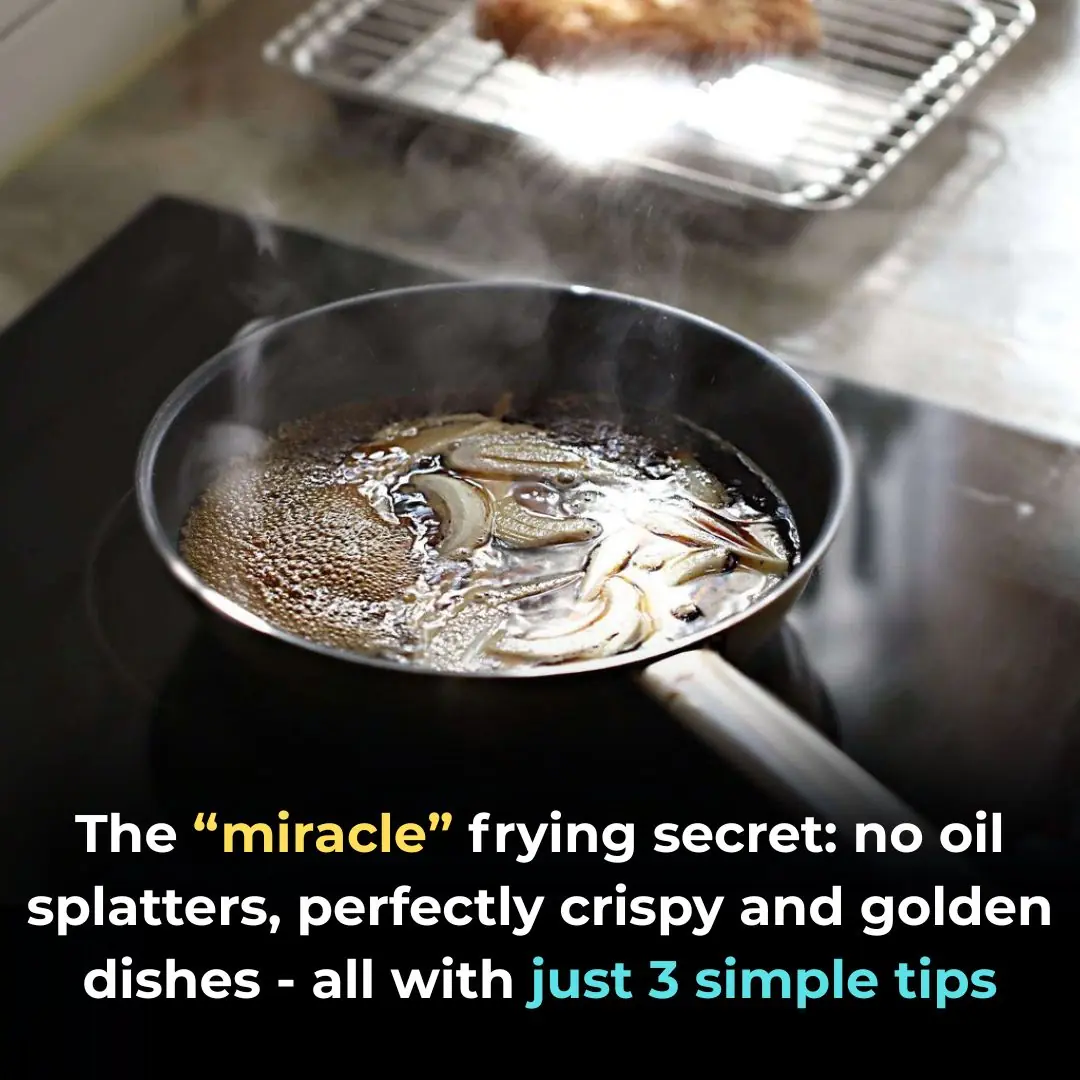
The 'divine' secret to frying

Why do we have to leave our phone face down on the table when we are not using it?

Hanging a towel on the door handle before bed: Unexpected benefits but few people know
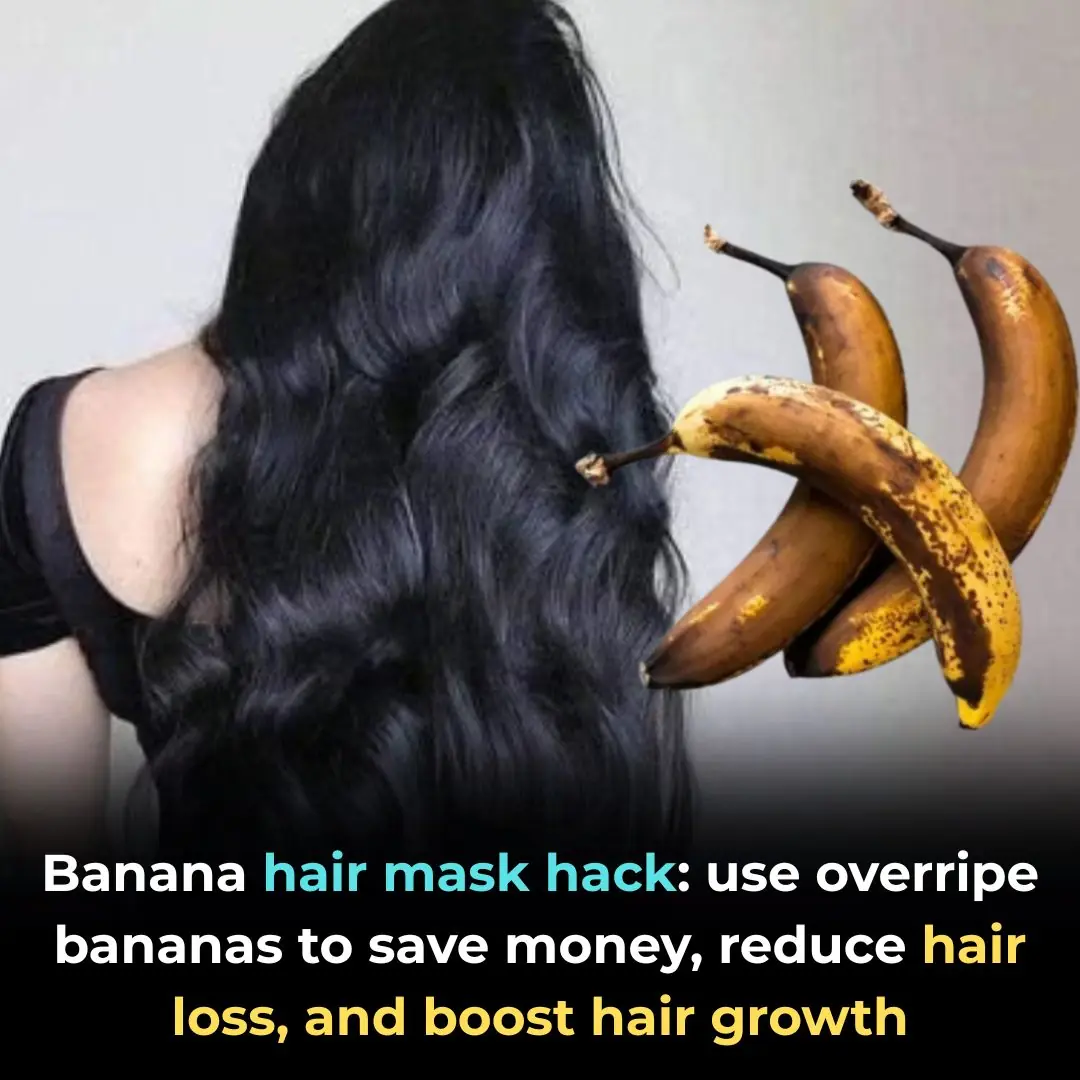
Tips for conditioning your hair with over-cooked bamboo shoots
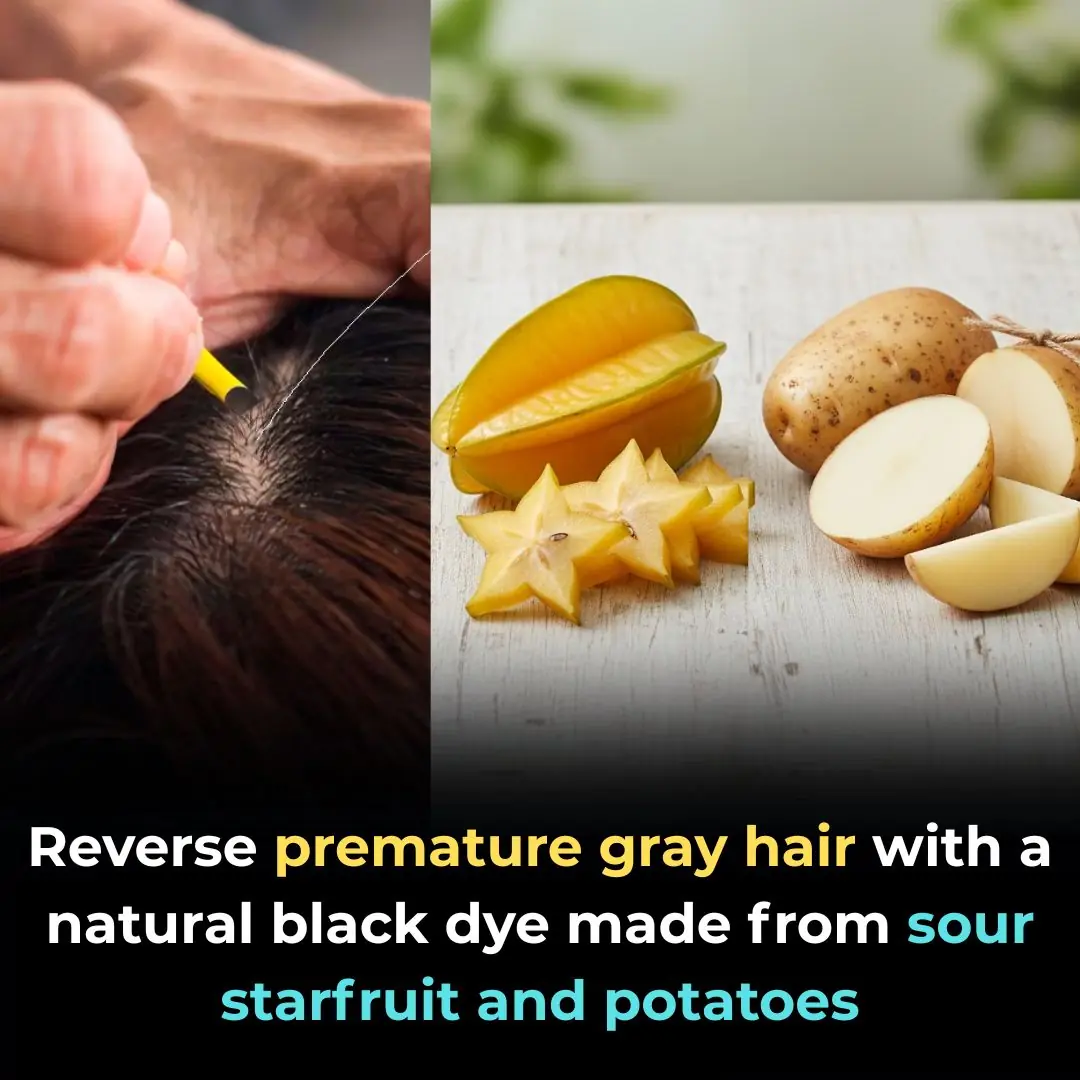
Treat premature gray hair thanks to the black dye formula
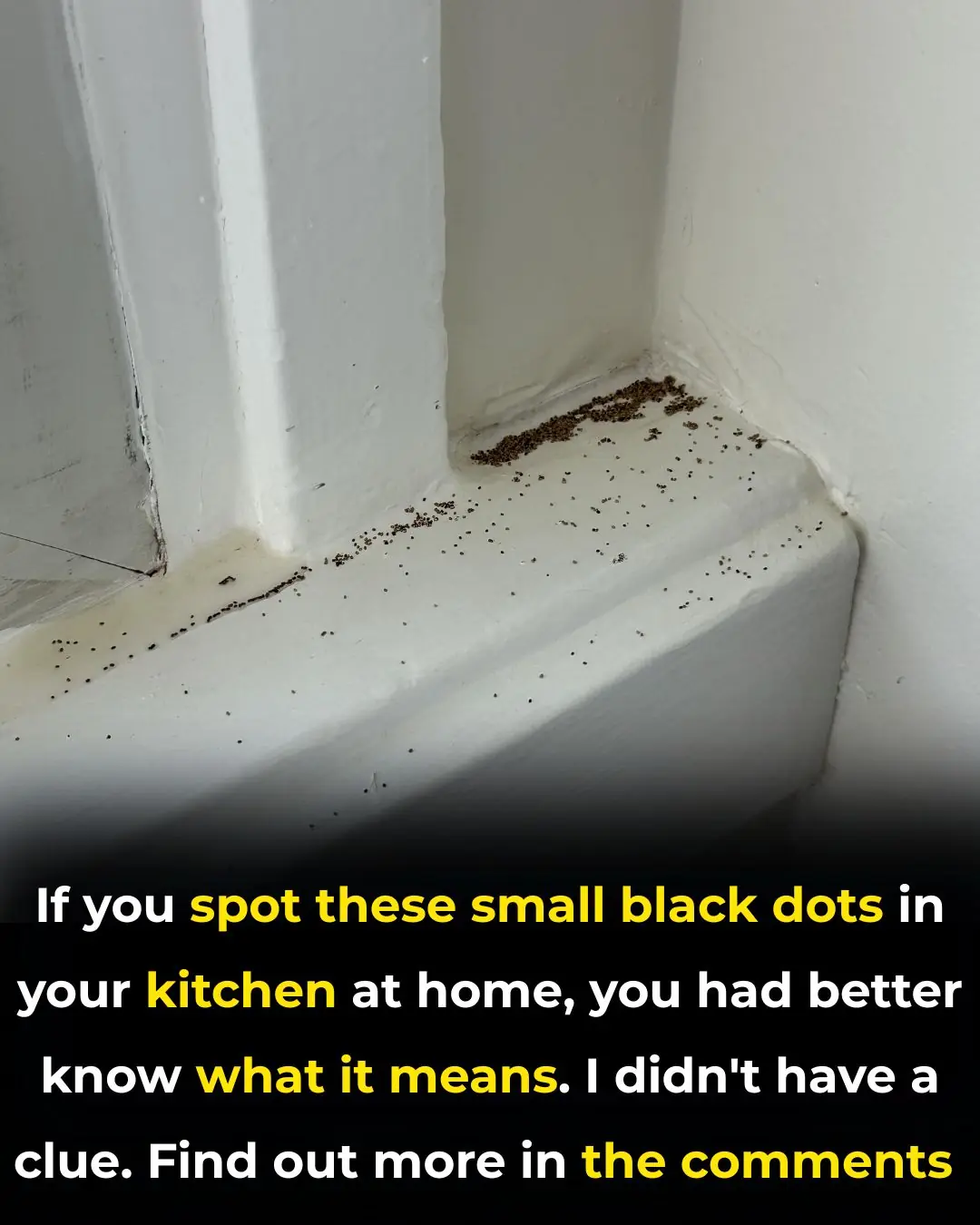
What Are These Strange Black Dots In Your Kitchen
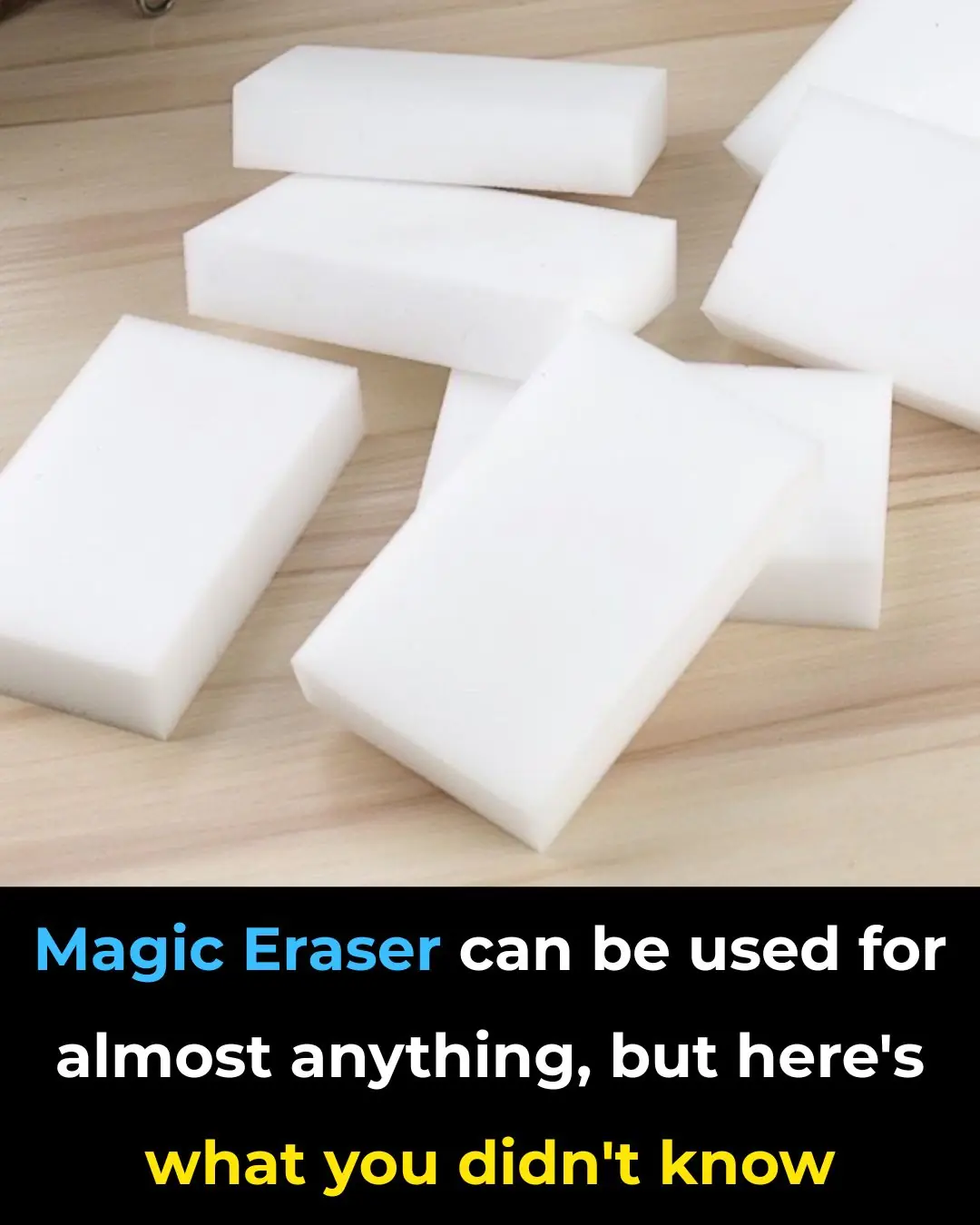
Magic Eraser can be used for almost anything, but here's what you didn't know
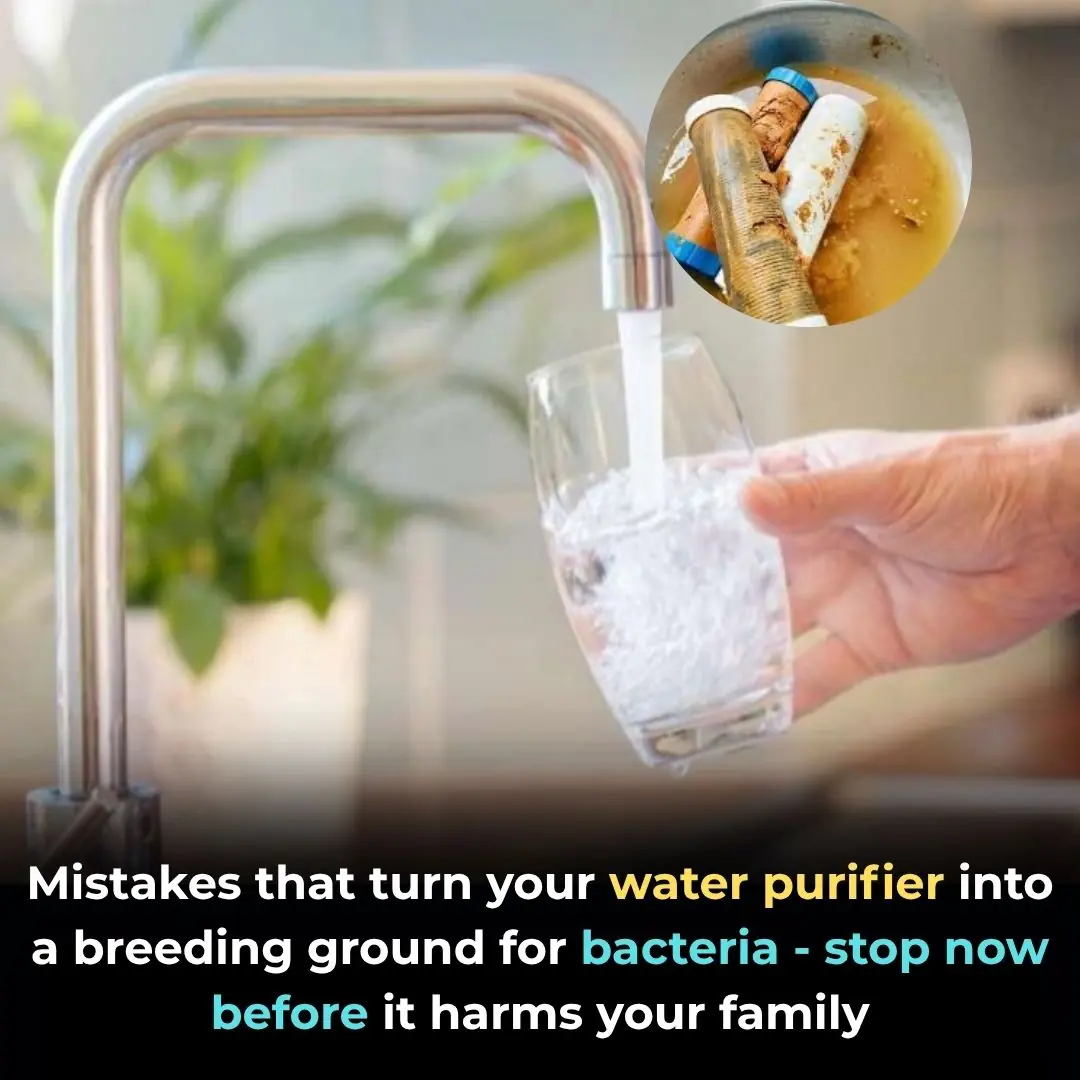
Wrong understanding turns water purifiers into diseases, remove them immediately to avoid harming the whole family
